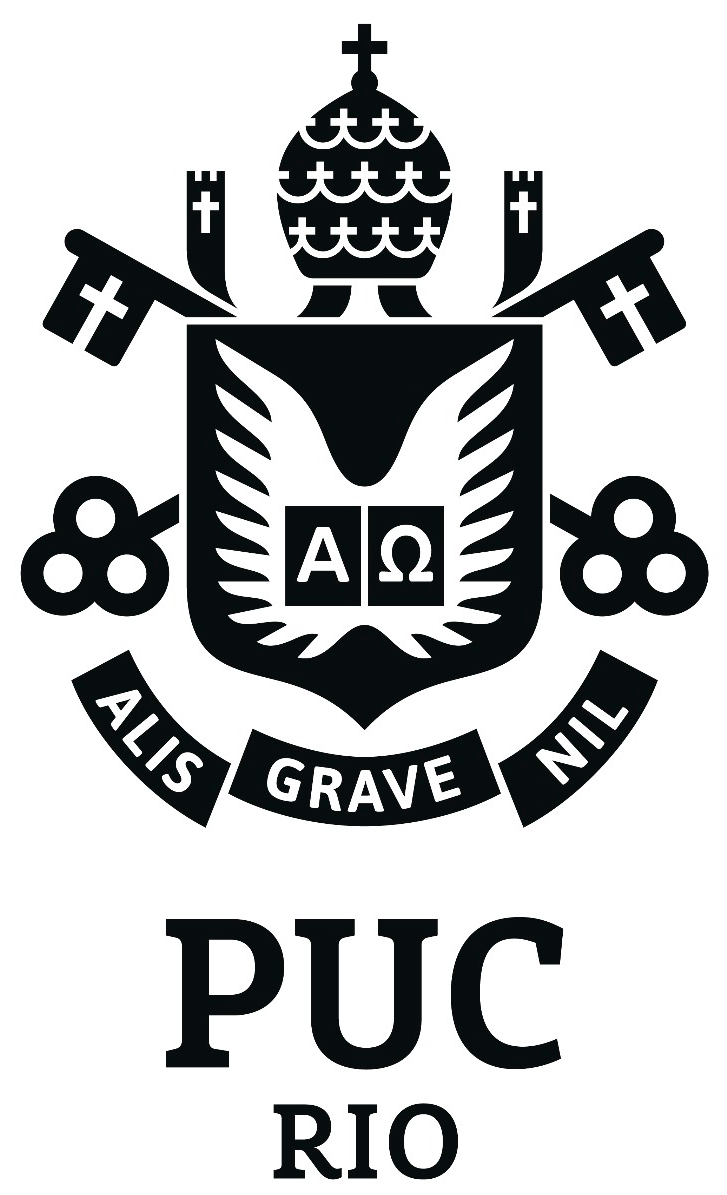Use of Credit in Times of Covid-19: Evidence from Peru
Advisor: Carlos Viana de Carvalho
Co-advisor: Eduardo Zilberman
Examiners: Juliano Assunção, Daniel Ferreira Pereira Gonçalves da Mata.This paper analyzes the use of credit during the Covid-19 pandemic in the context of a cash transfer program. Under a Difference-in-Differences approach, I show causal evidence of how the implementation of a cash transfer program impacted the population’s credit use patterns, using a combined set of microdata: SISFOH (a household targeting system), the national household survey, and the credit register for Peru. Exploring a discontinuity in the rule for granting emergency income to the poorest population, I show that individuals who received a monetary subsidy increased their total lending in the financial system, in contrast to those individuals who did not. This is worrisome as it is also presented an increase in the interest rates and days of arrears. Furthermore, I also explore some dimensions of population heterogeneity (education, age, gender, informality, among others), finding a differentiated impact according to certain characteristics of individuals. I put a special effort into the informality analysis since, even in the absence of an exogenous identification, this variable presents significant results and passes certain tests of identification.
See also
Monetary Policy and Housing in HANK
09/05/2025
Marcos Kiehl Sonnervig
A stochastic simulation/calibration of the cash flows between FAT and BNDES Better understanding the cash flow projections for the fund
05/05/2025
Tiago Cytryn Collett Solberg
Domestic and External Shocks in the Brazilian Business Cycle
28/04/2025
Yvan Becard

